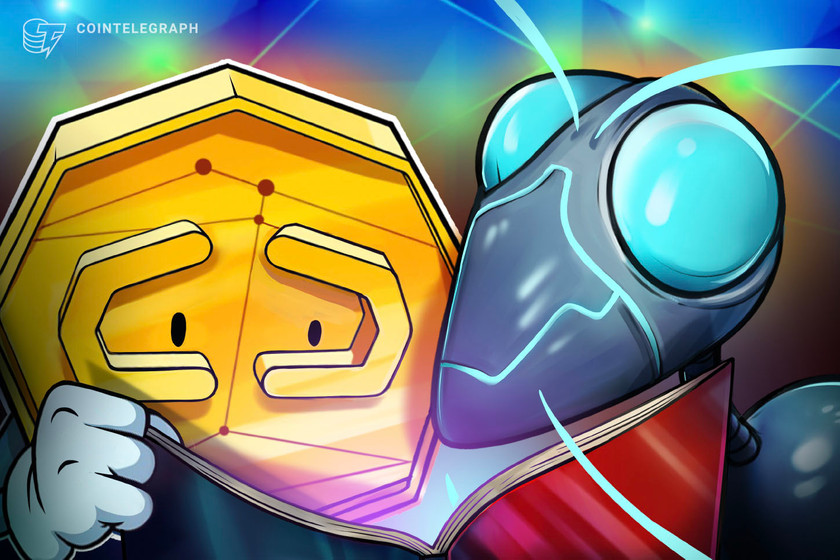
NFTs recorded a 54% drop in sales volume, from over $1 billion in April to $624 million in May.
In this week’s newsletter, read about Galaxy Digital using a nonfungible token (NFT) of a historic violin to secure a loan and how NFT sales volume plummeted in May. Check out what the United States Treasury Department thinks about NFTs and how Bitcoin NFTs reached a new milestone. In other news, Dapper Labs CEO Roham Gharegozlou claims that NFTs are not securities after reaching a settlement on the NBA Top Shot Moments lawsuit.
Michael Novogratz’s Galaxy Digital and Animoca Brands co-founder Yat Siu tokenized a 300-year-old violin as collateral for a loan. Galaxy lent Siu an undisclosed amount, and to secure the loan, the Animoca executive used an NFT of the historic Stradivarius violin and the physical asset as collateral.
The violin was once owned by the Russian Empress Catherine the Great. Musical instrument auction house Tarisio traced the violin’s origins back over 300 years. Siu acquired the violin in a 2023 auction for $9 million.


















